
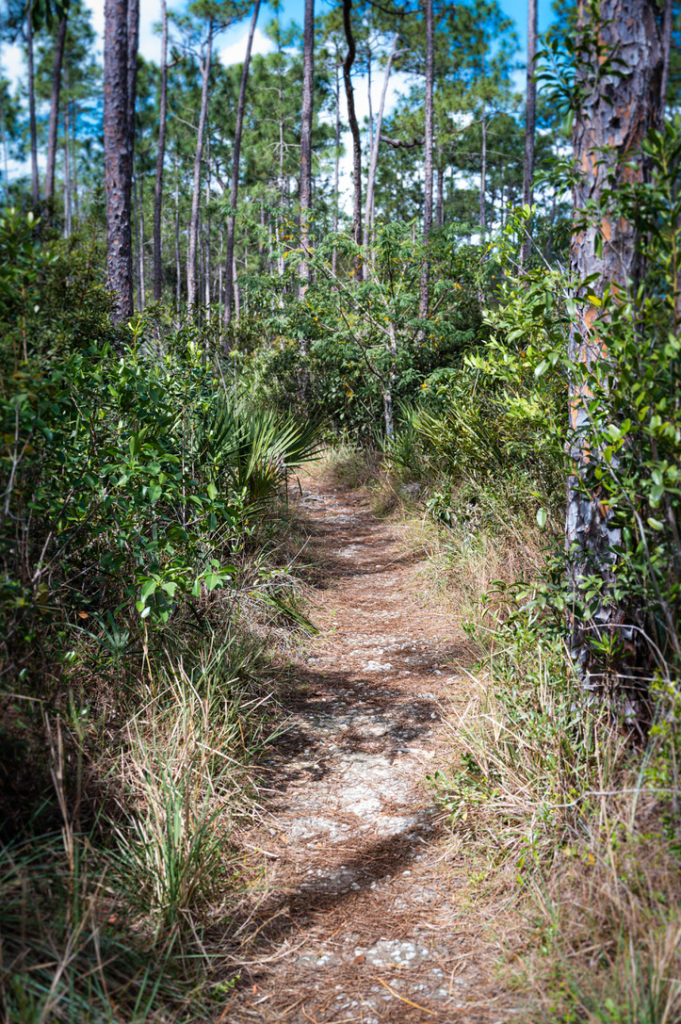
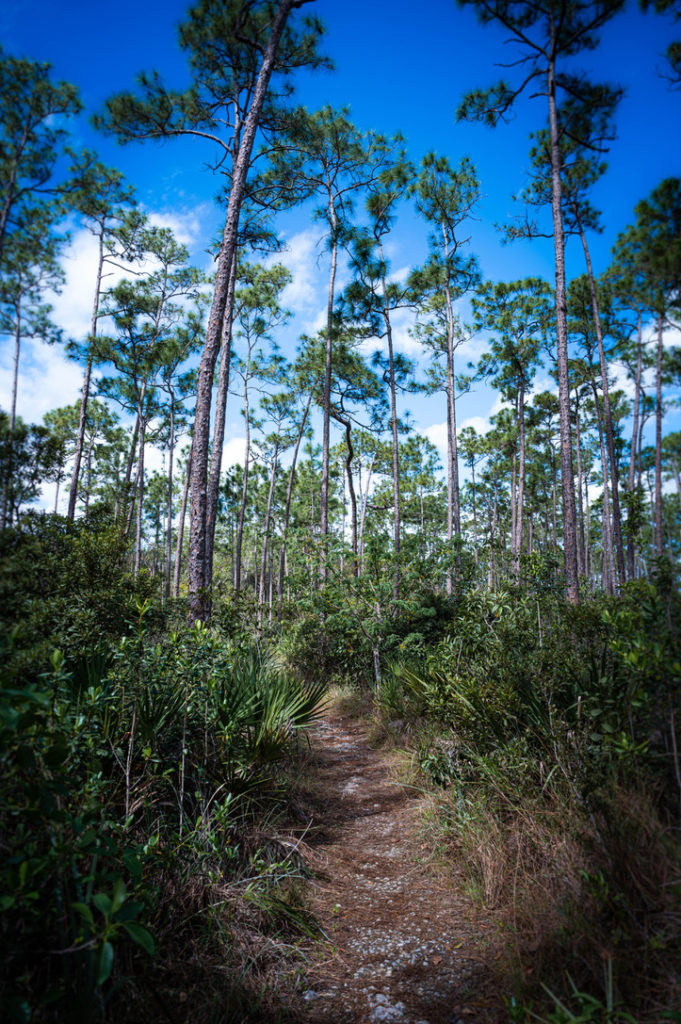
Not far from the Nike Missile site lies Long Pine Key, an area which encompasses nearly 19000 acres of slash pines, one of the largest and most threatened expanses of pine rockland remaining in the US. At one time, these pines dominated the entirety of South Florida, but have been eliminated by the growth demands and raw material harvesting.
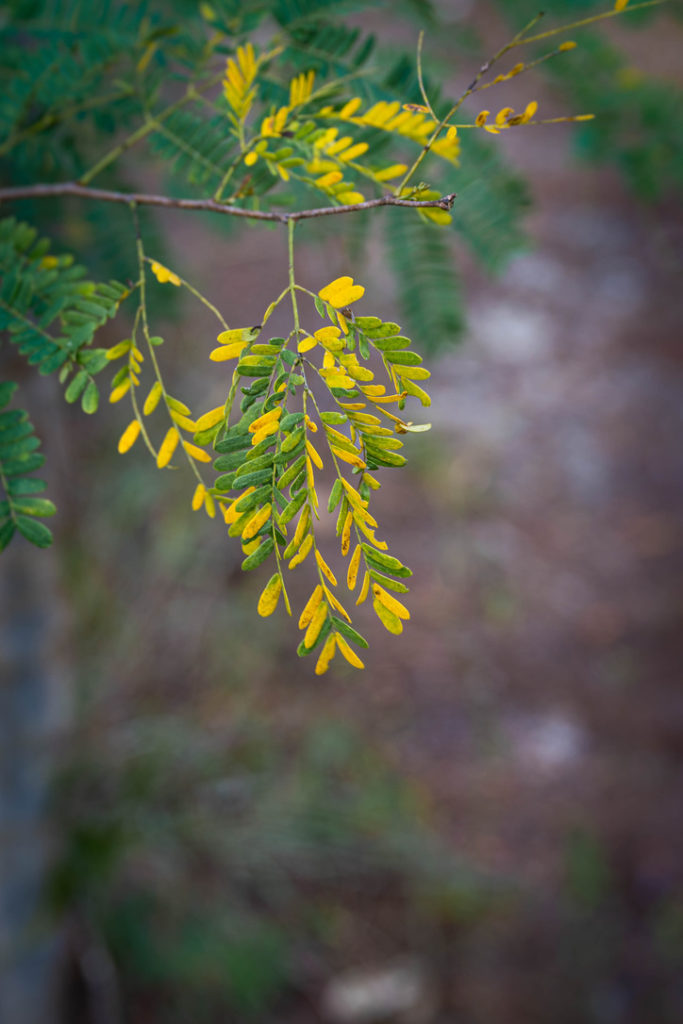
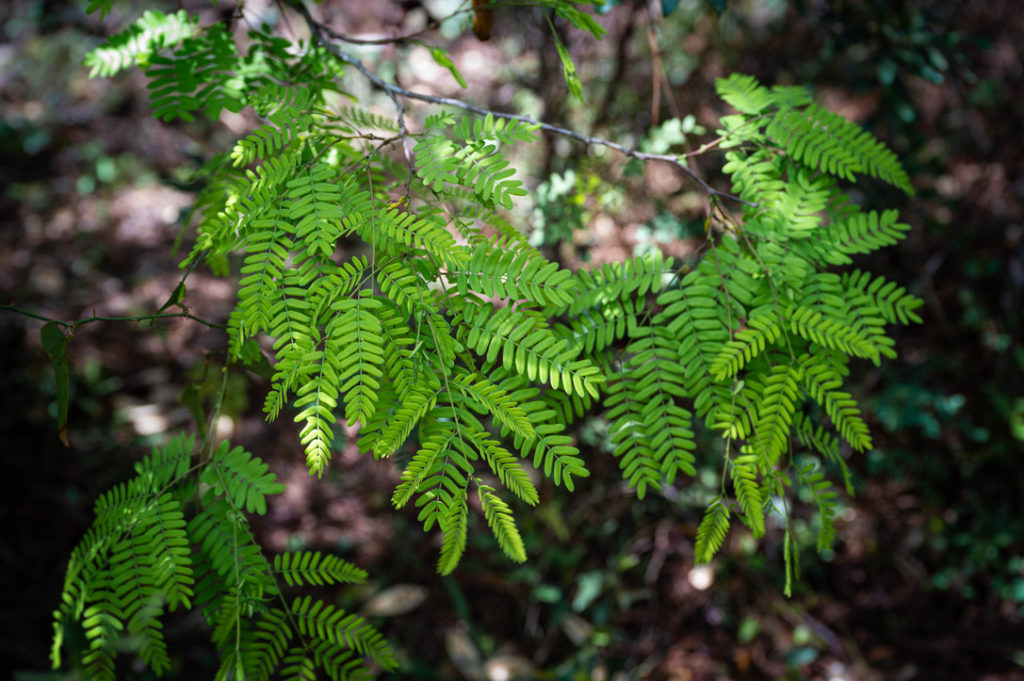
In the years since Everglades became a national park, this ecosystem has rebounded and is an excellent representation of what the entirety of South Florida once was. It is also a refuge for countless species of flora and fauna pushed to the outer limits of their territories by the expansion of human metropolis.
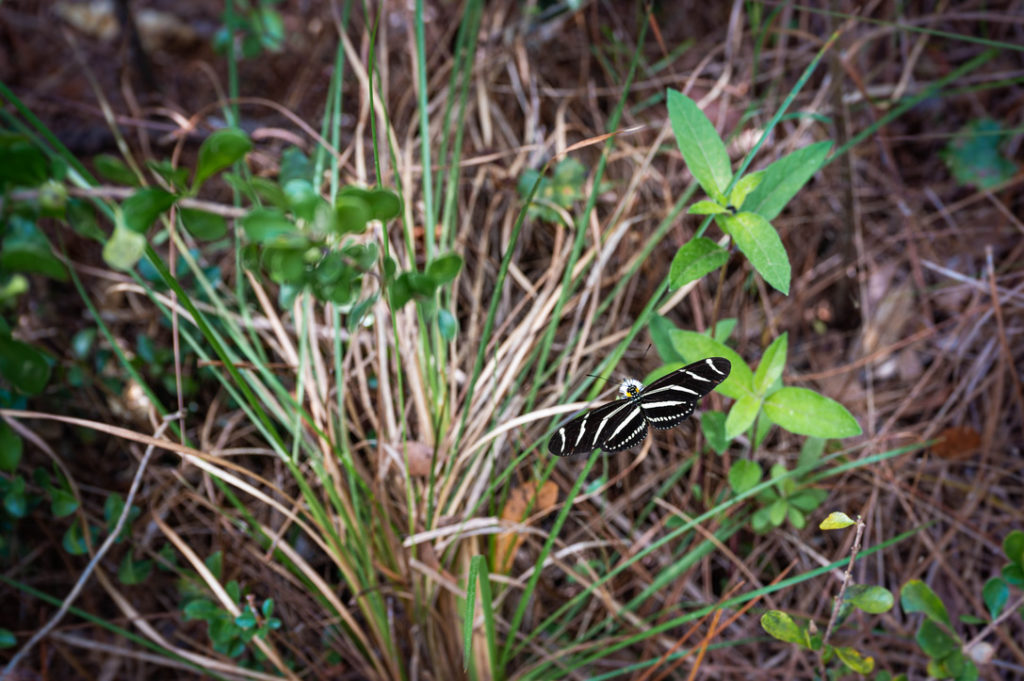
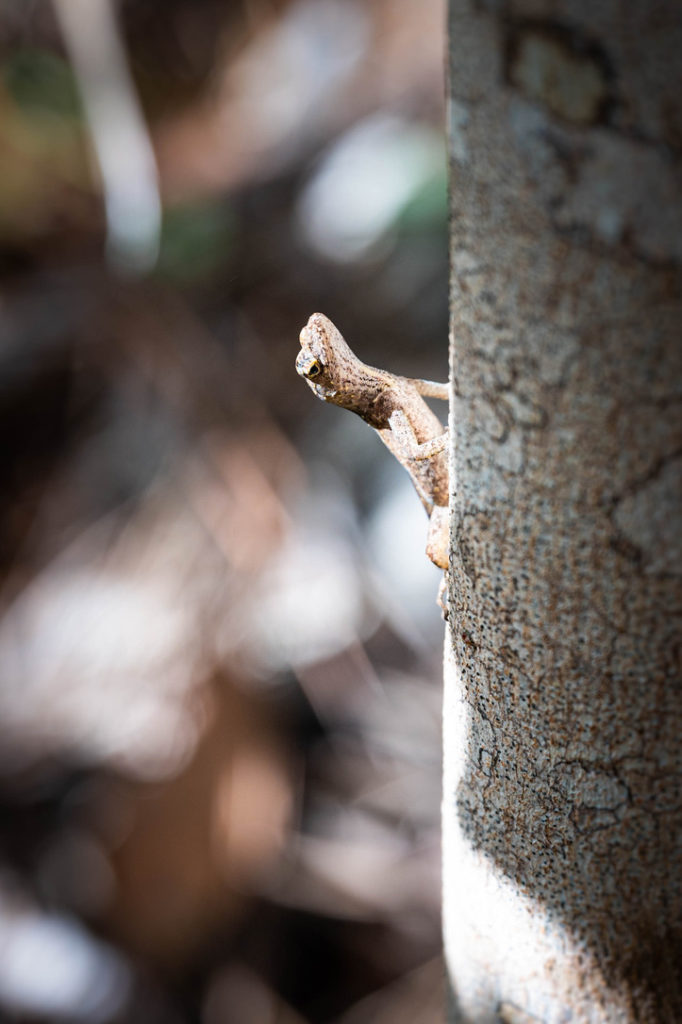
I enjoyed this short hike, which is called 3-in-1 because it traverses three very different ecological areas – the pinelands, the hardwood hammocks, and the coastal lowland. Like many of the places in the Everglades, if you took a few moments to sit in stillness, there were an abundance of critters to be spotted. We saw the Zebra Longwing again, as well as a juvenile brown anole.
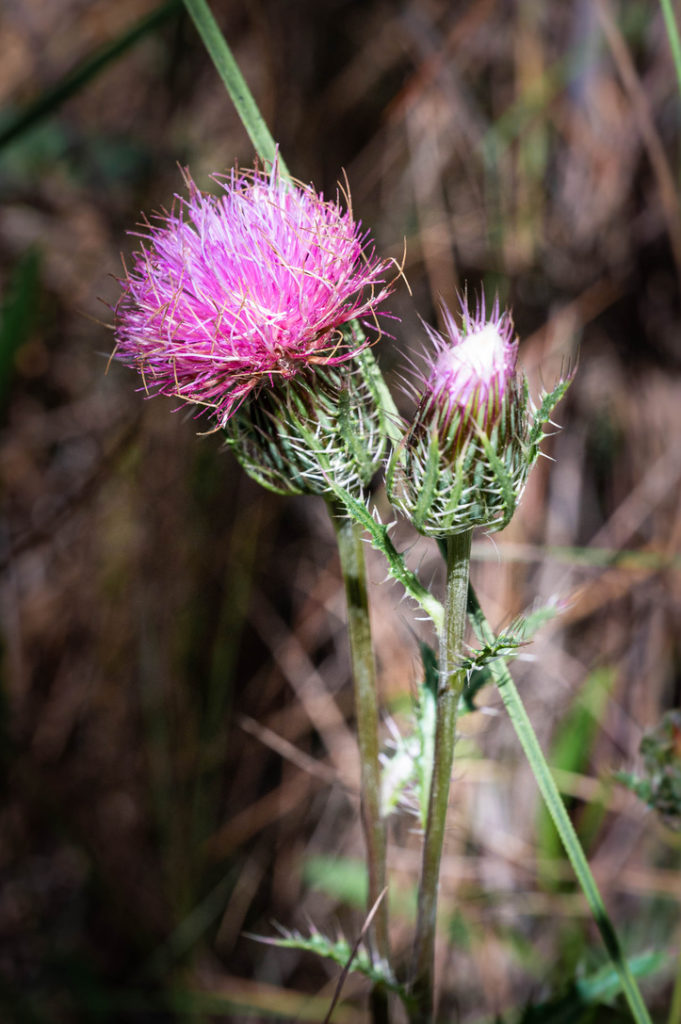
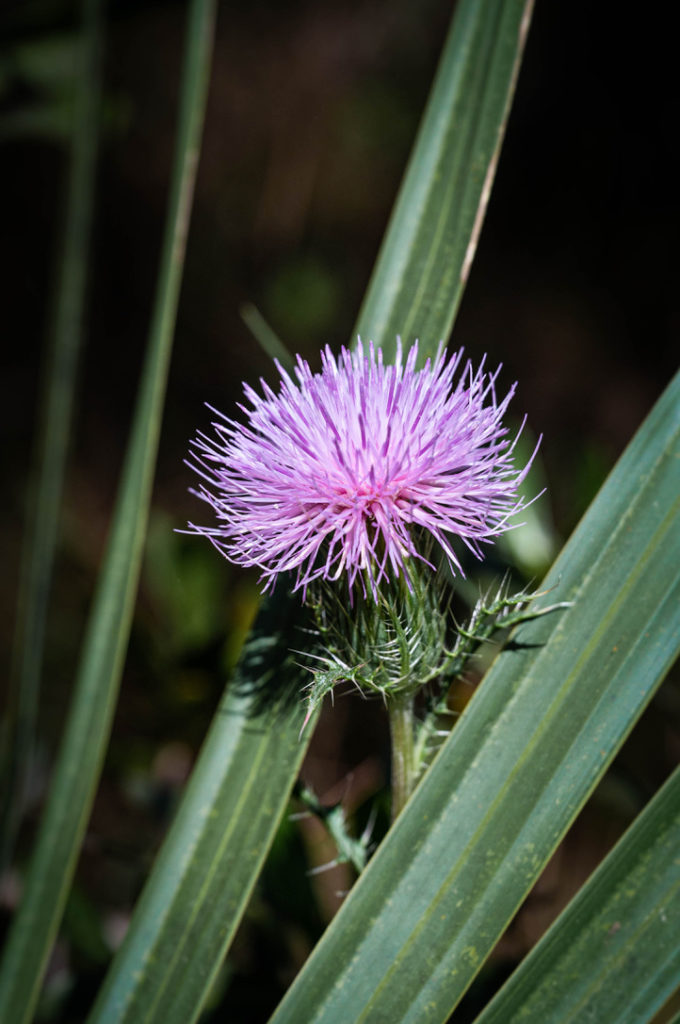
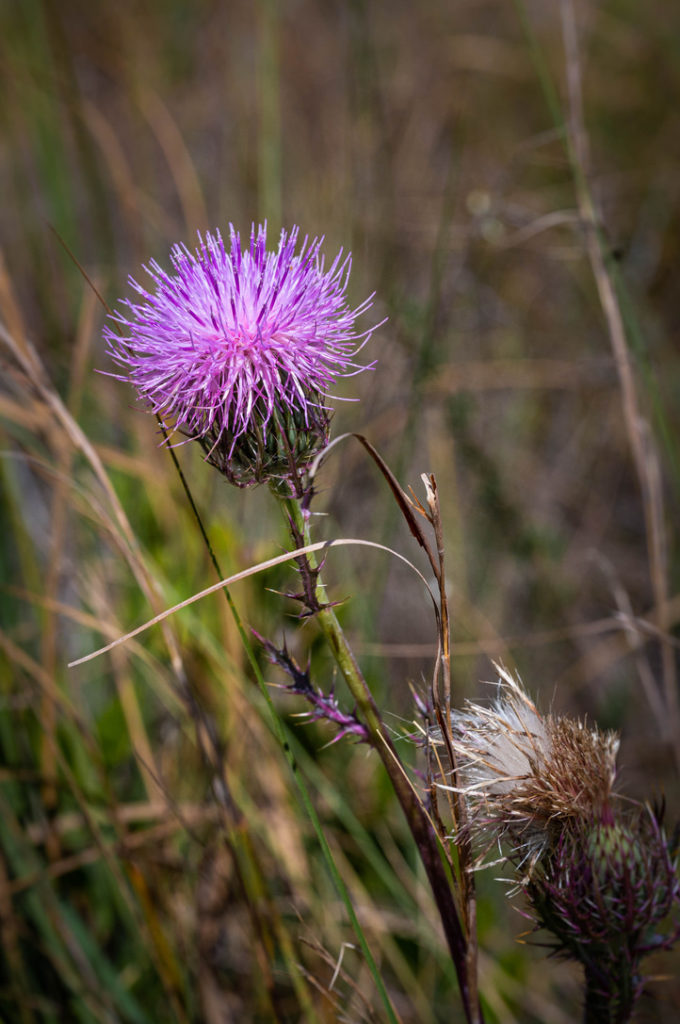
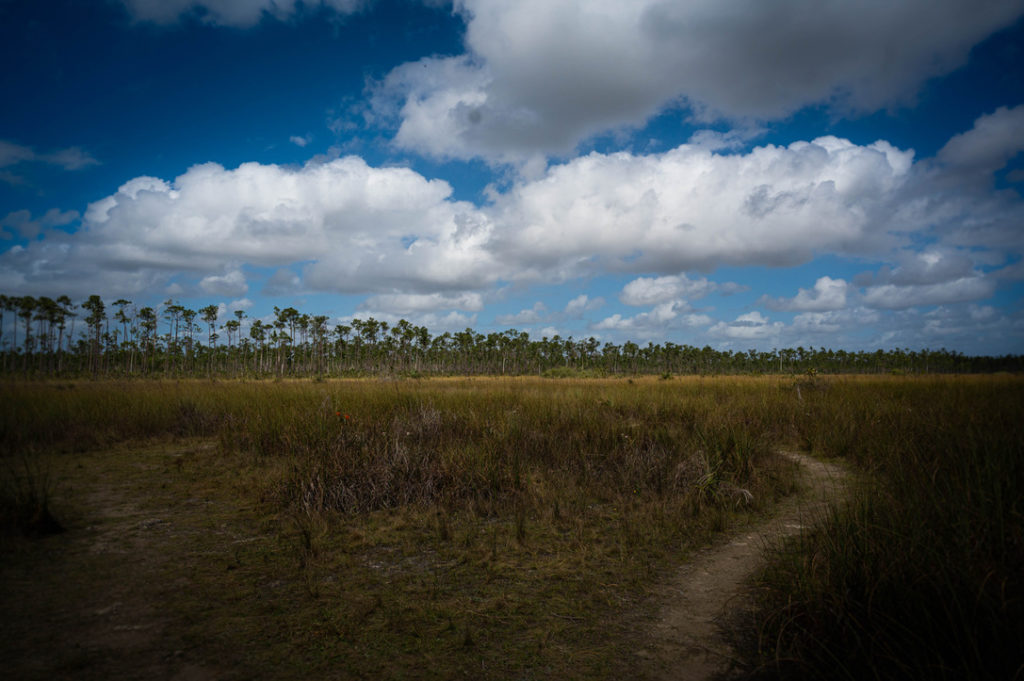
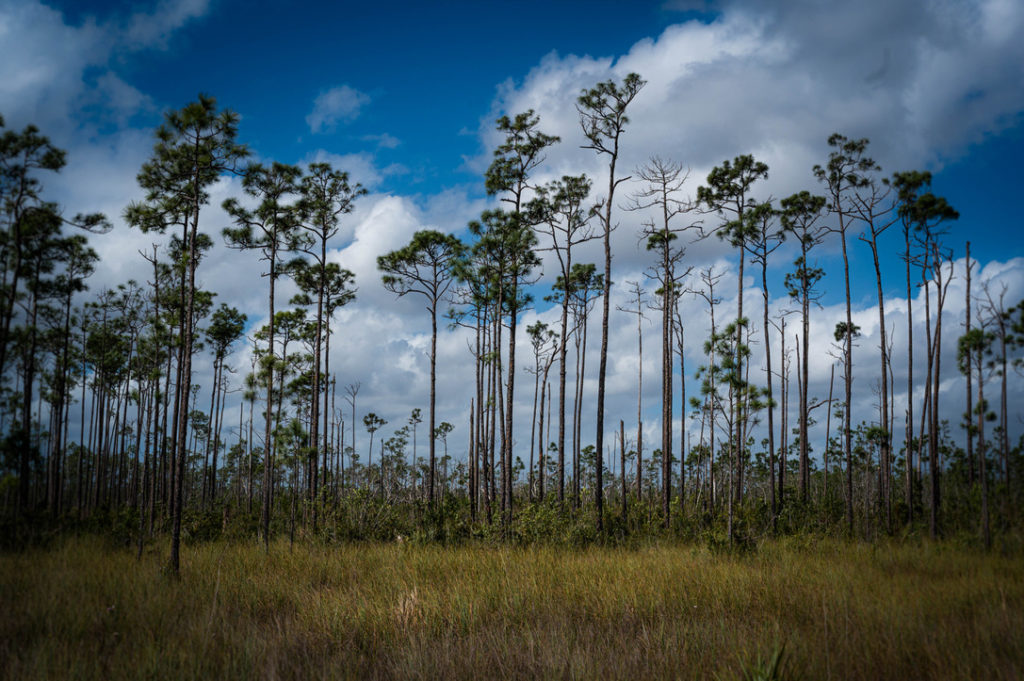
I know my farming family would recoil, but I love thistle – I think it has the most unusual colors and textures, especially in an environment like the coastal lowland, where color is few and far in between.
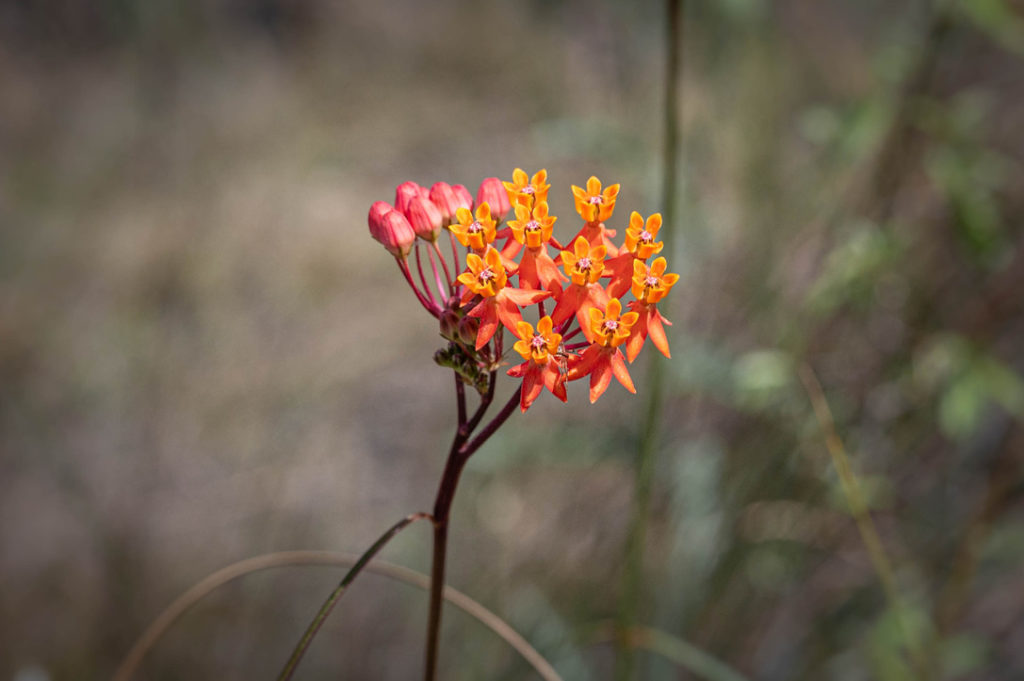
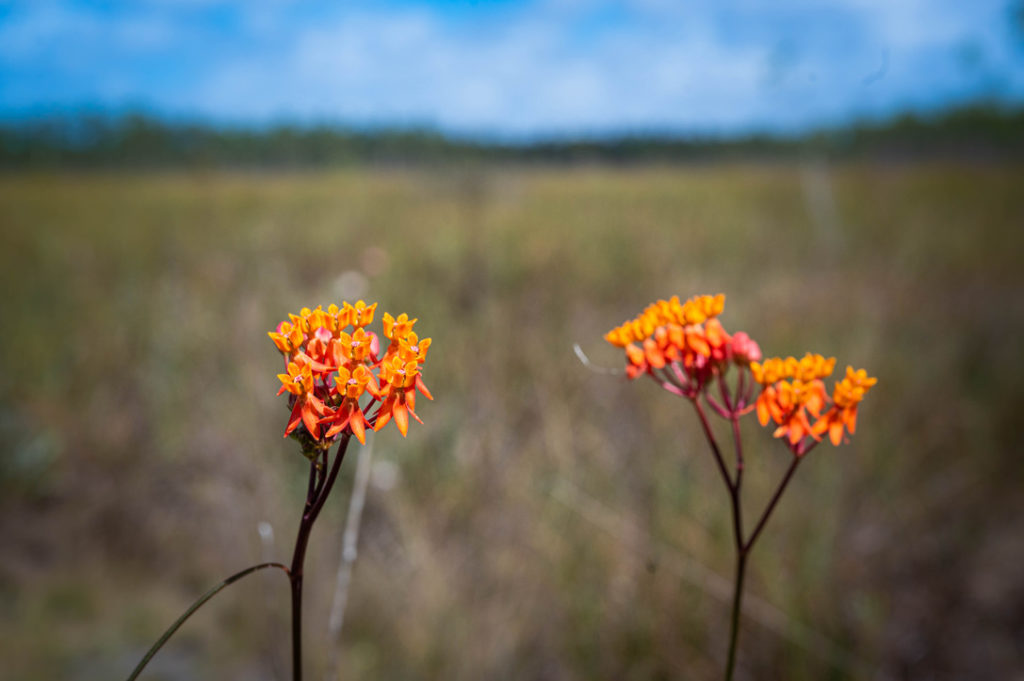
I also loved the “fewflower milkweed”, which is always a happy spot of color in any environment, but particularly so when viewed against the pristine blue skies.
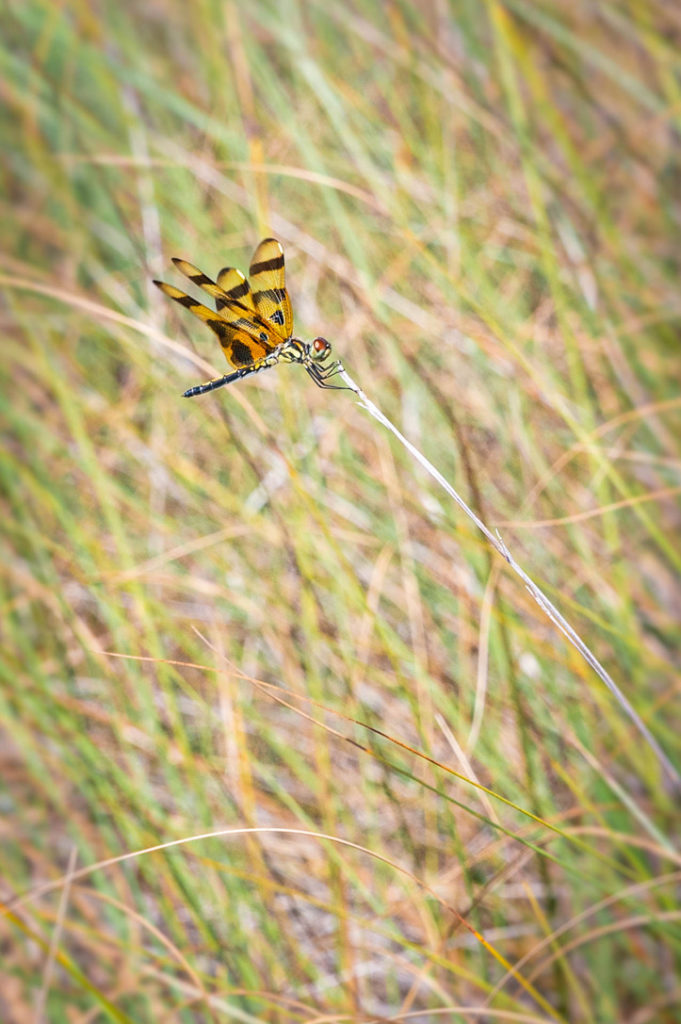
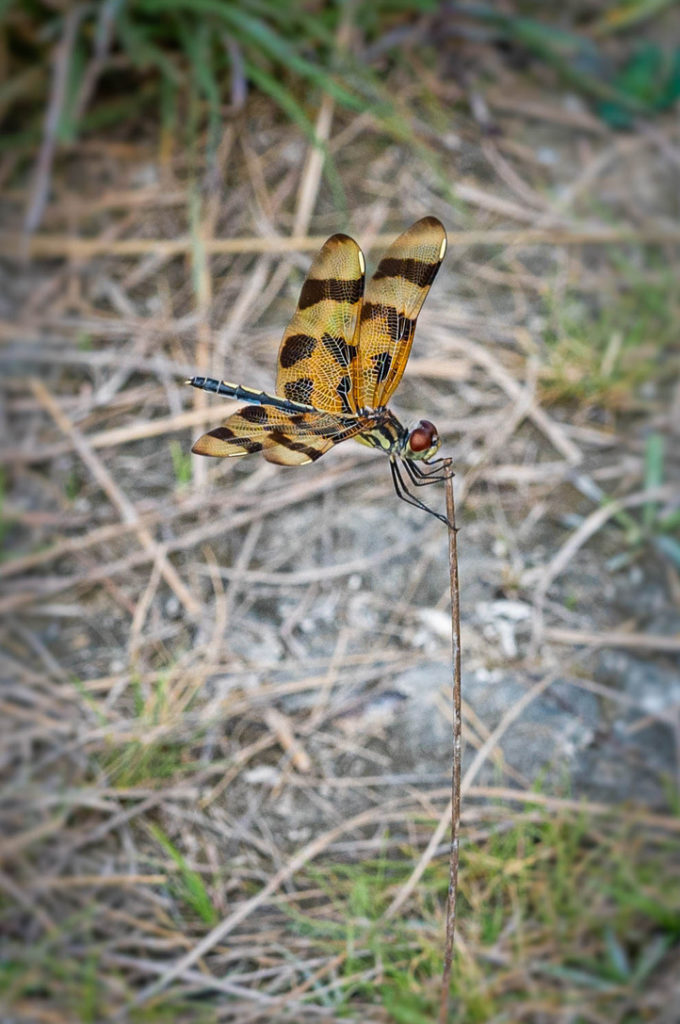
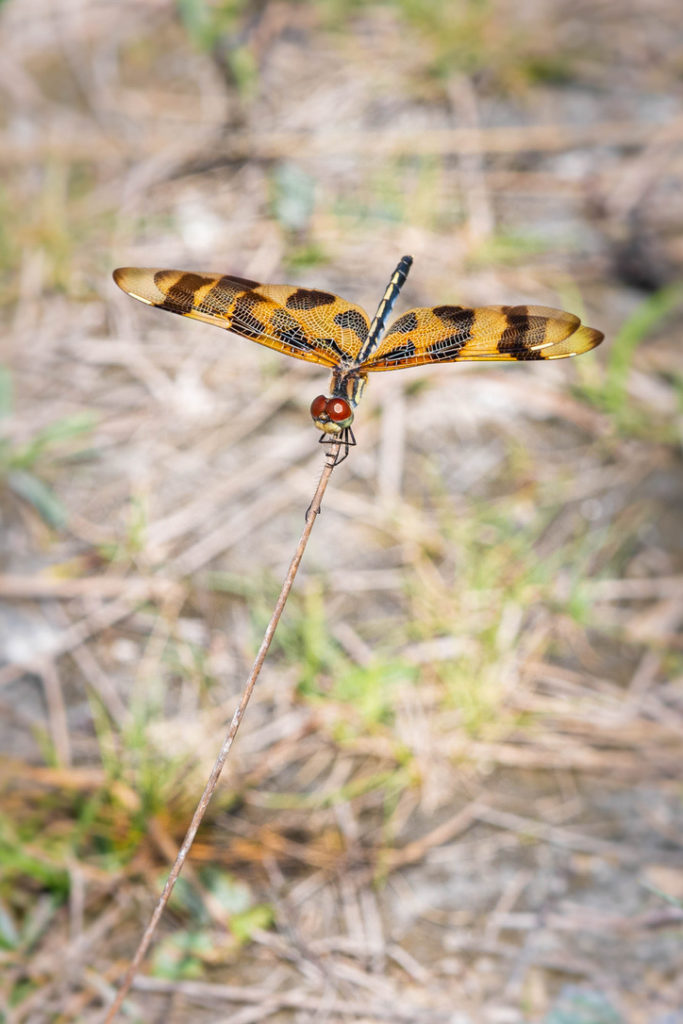
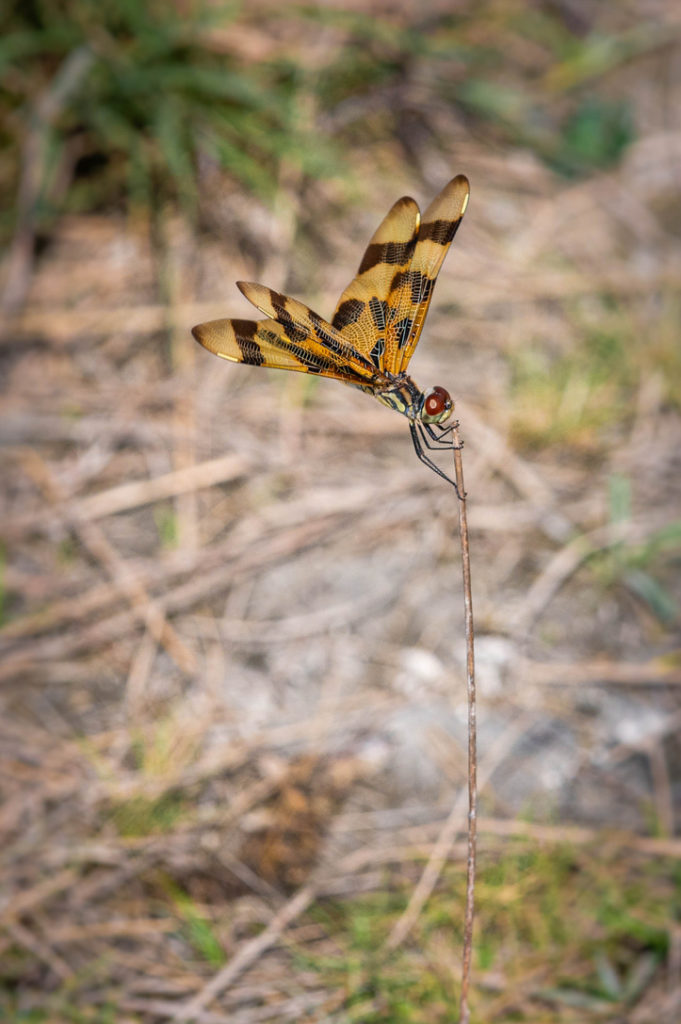
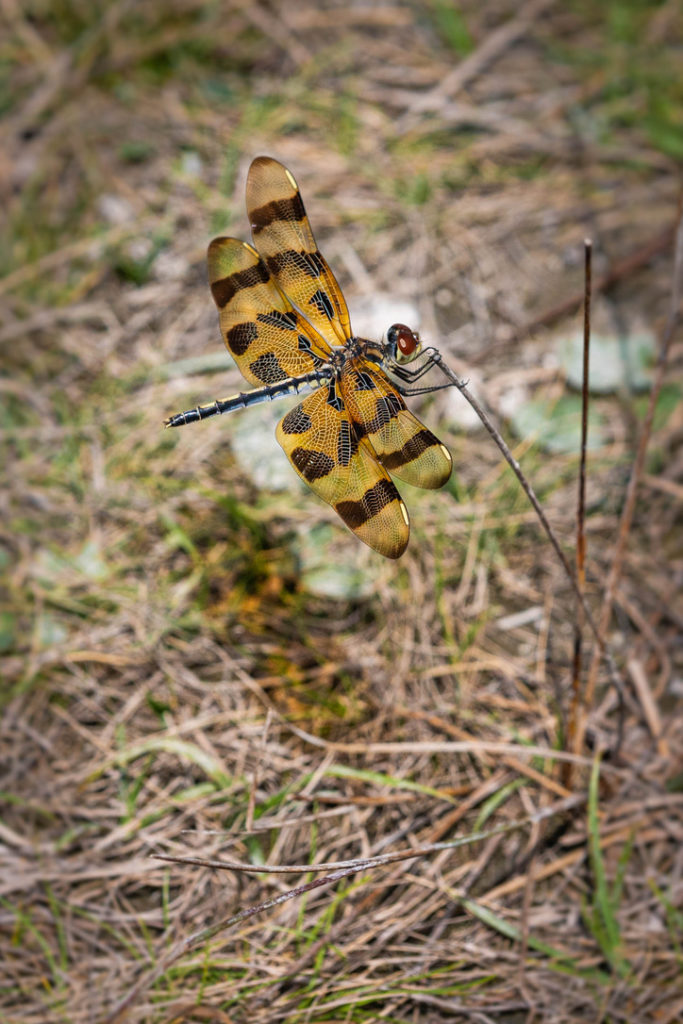
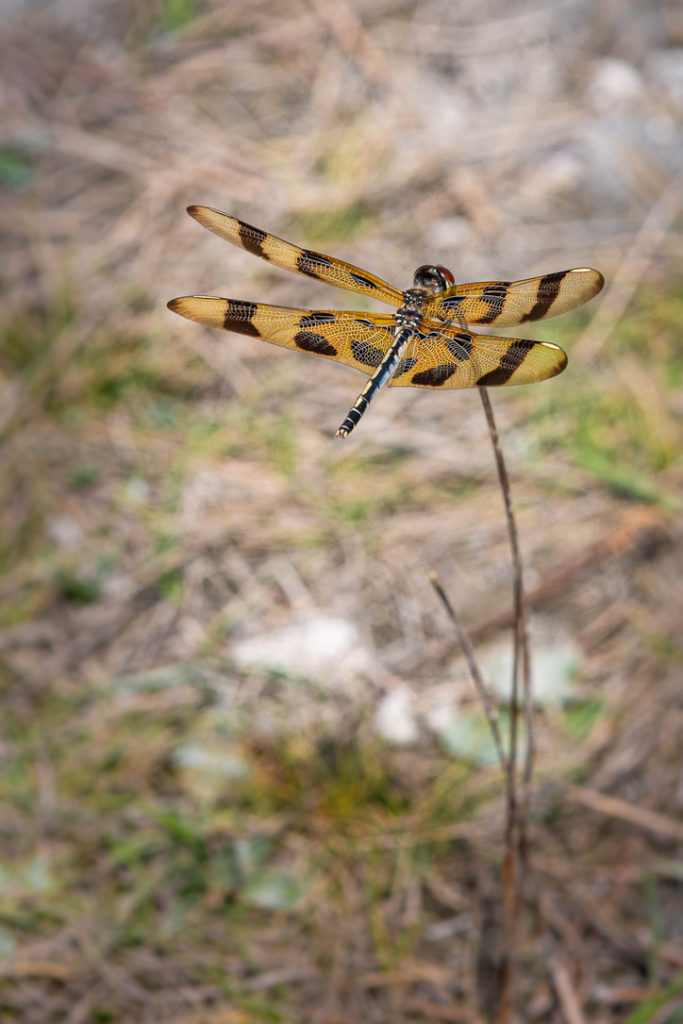
On the day of our visit, winds were high, sometimes in gusts 20+mph in strength. Because of this, we spotted Halloween Pennant dragonflies seeking refuge in the grass by clinging to sturdy stalks of grass. Dragonflies can be tough to photograph, always on the move and hunting, but they were a little easier when driven to rest, giving me an opportunity to really appreciate their beautiful colors and patterns.
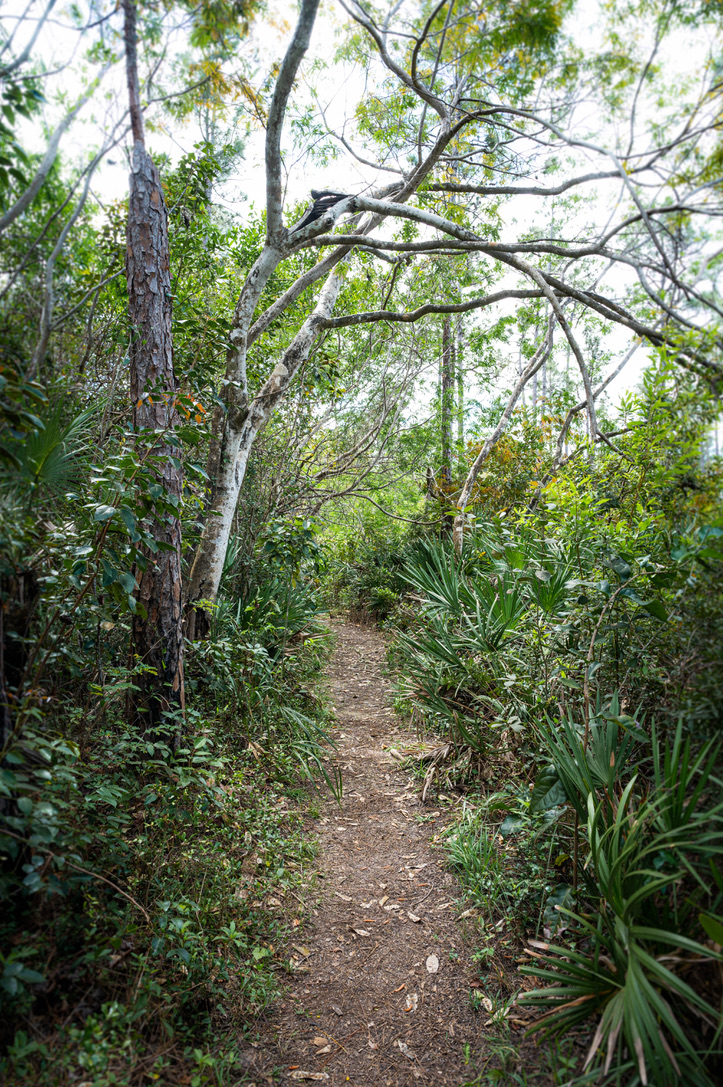
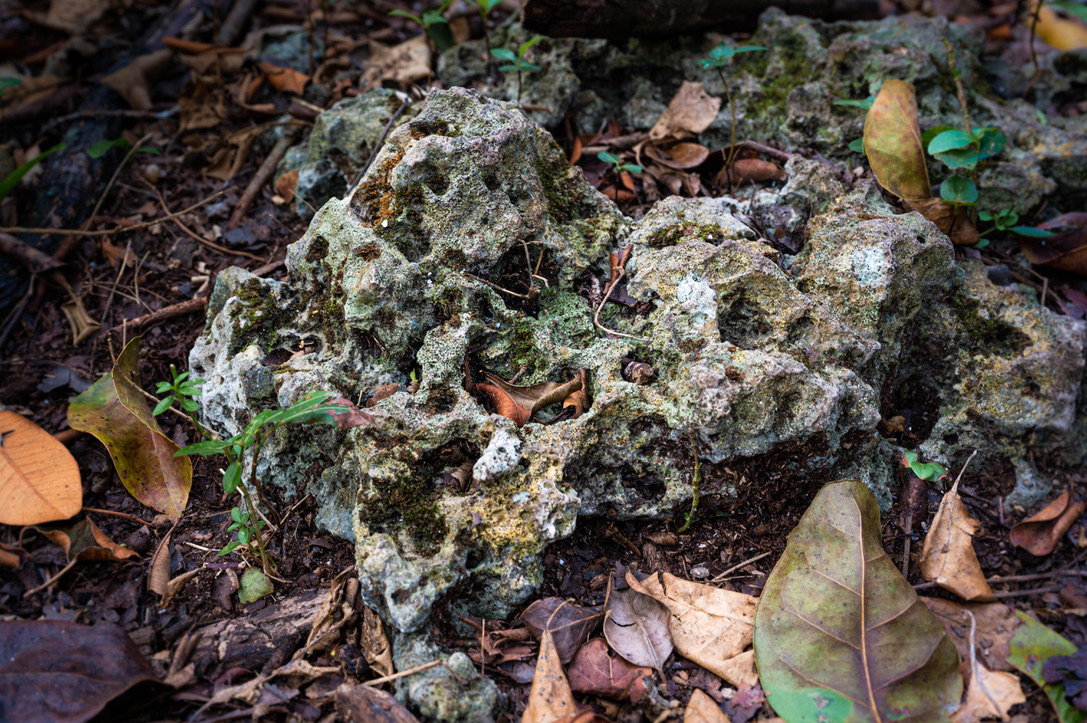
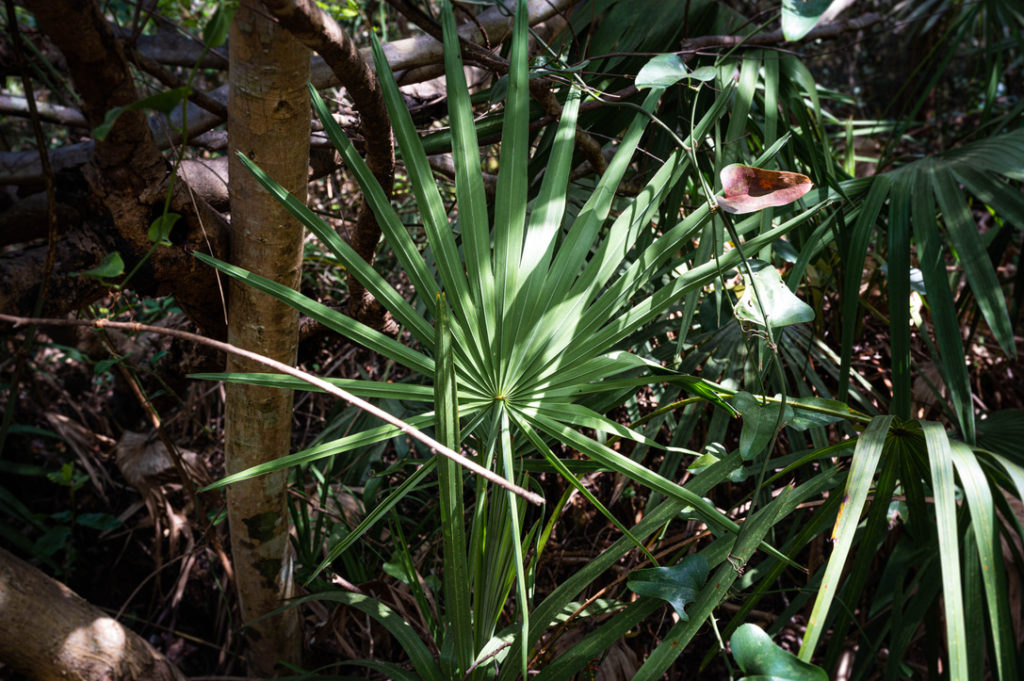
Back into the hardwood hammock, we found the “rock” that gives “pine rockland” it’s name – exposed bits of limestone hinting at what lies just beneath.
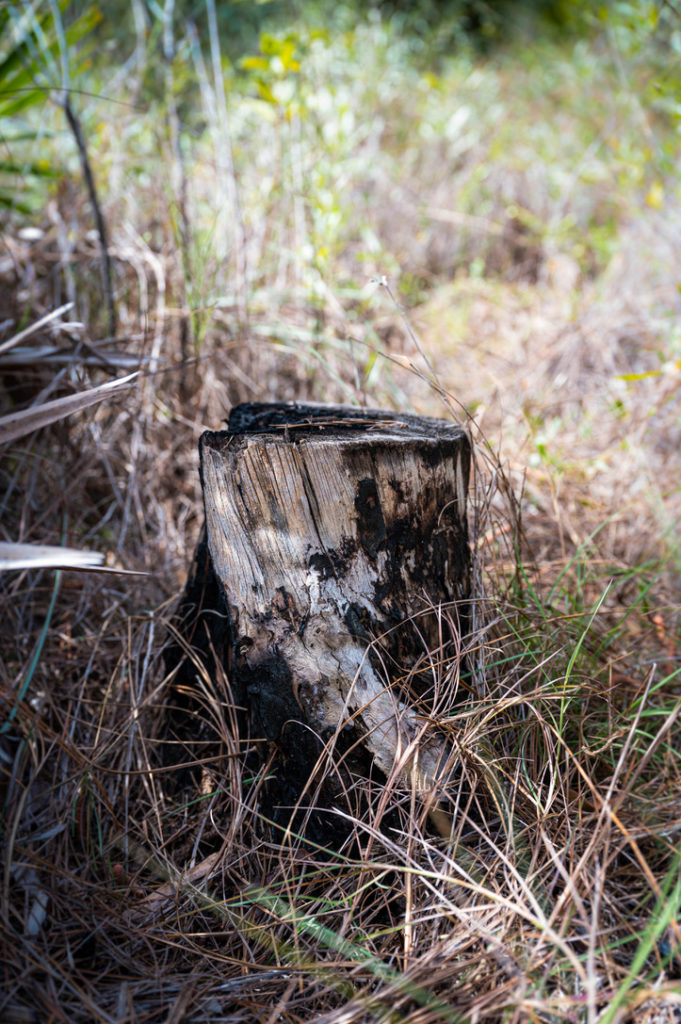
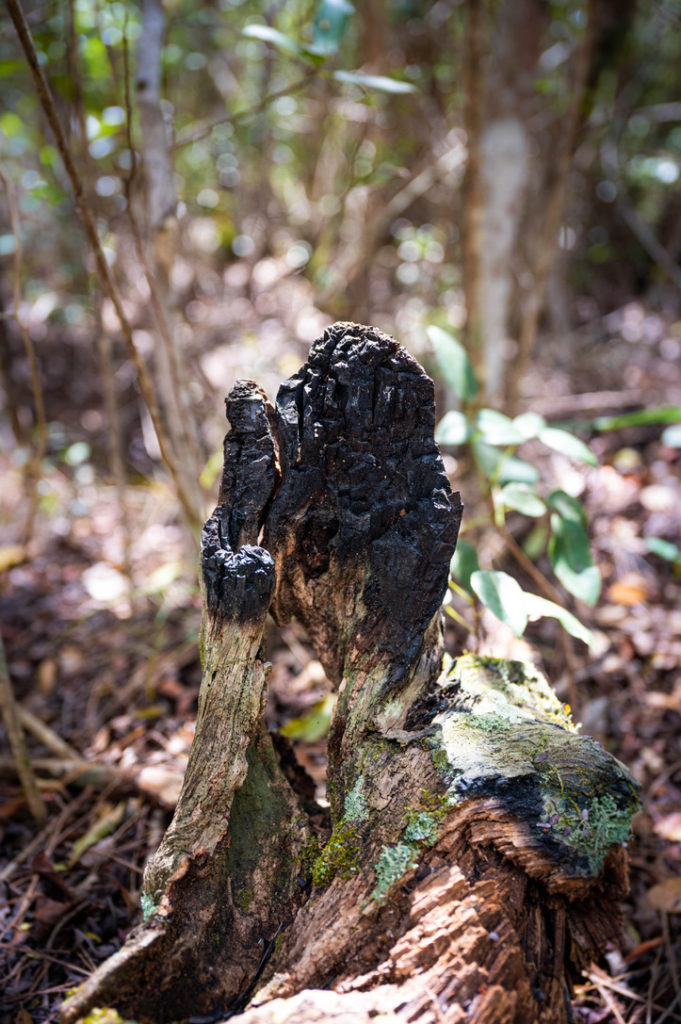
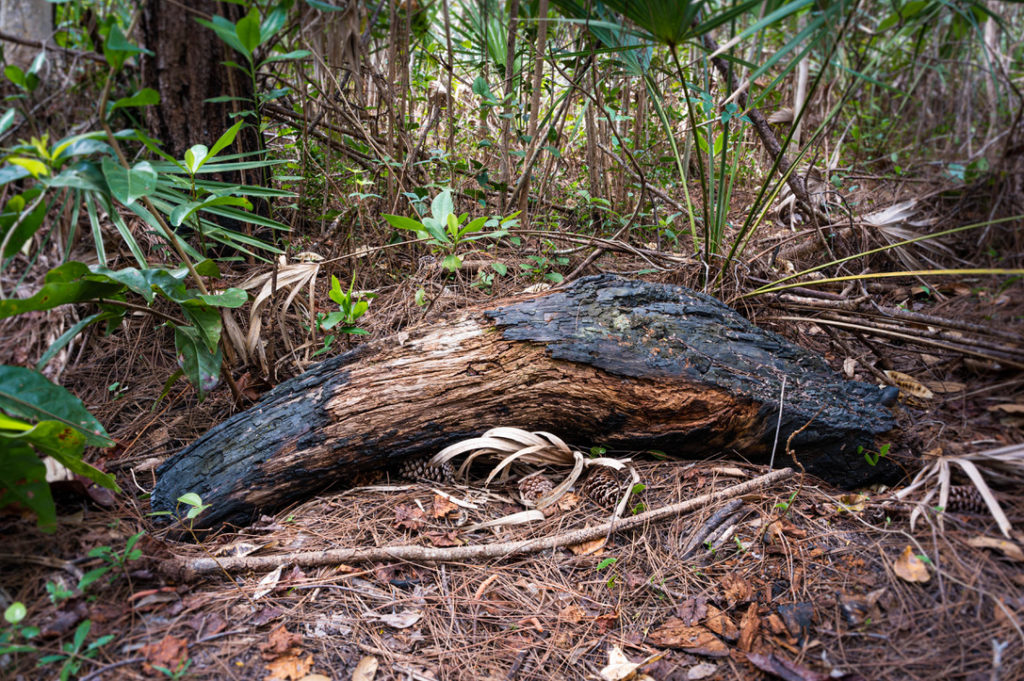
We also spotted signs of controlled burns. Controlled burns have become a way of life in the Everglades. After decades of “fire prevention” it became clear that fire was a crucial element of the Everglade ecosystem, because without, hardwoods become the dominant species, choking out the diversity and driving many unique species from their habitat.
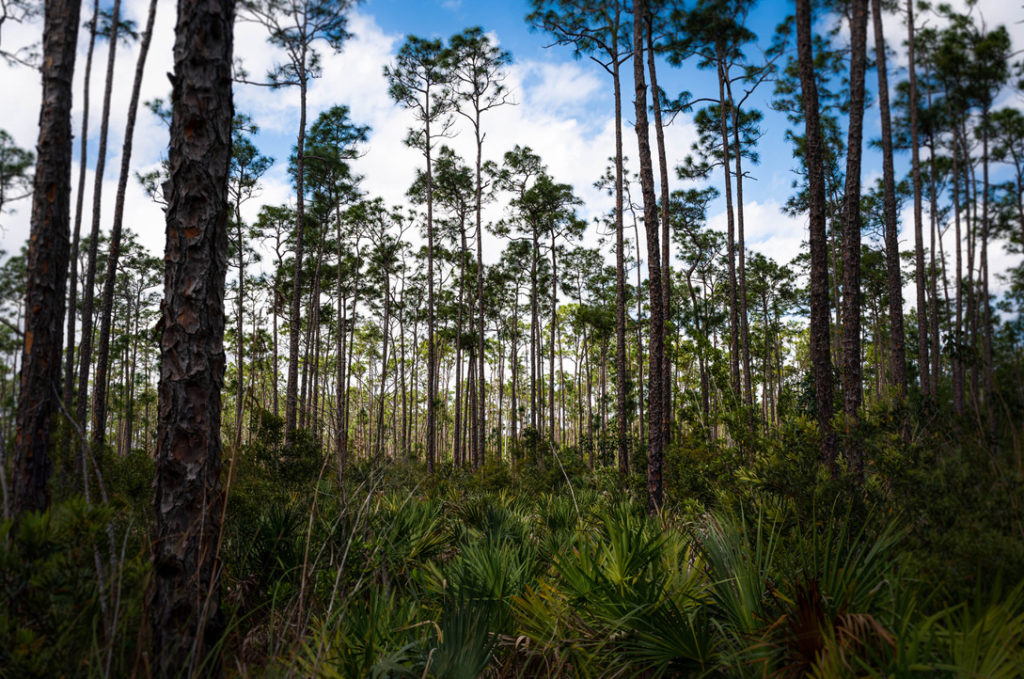
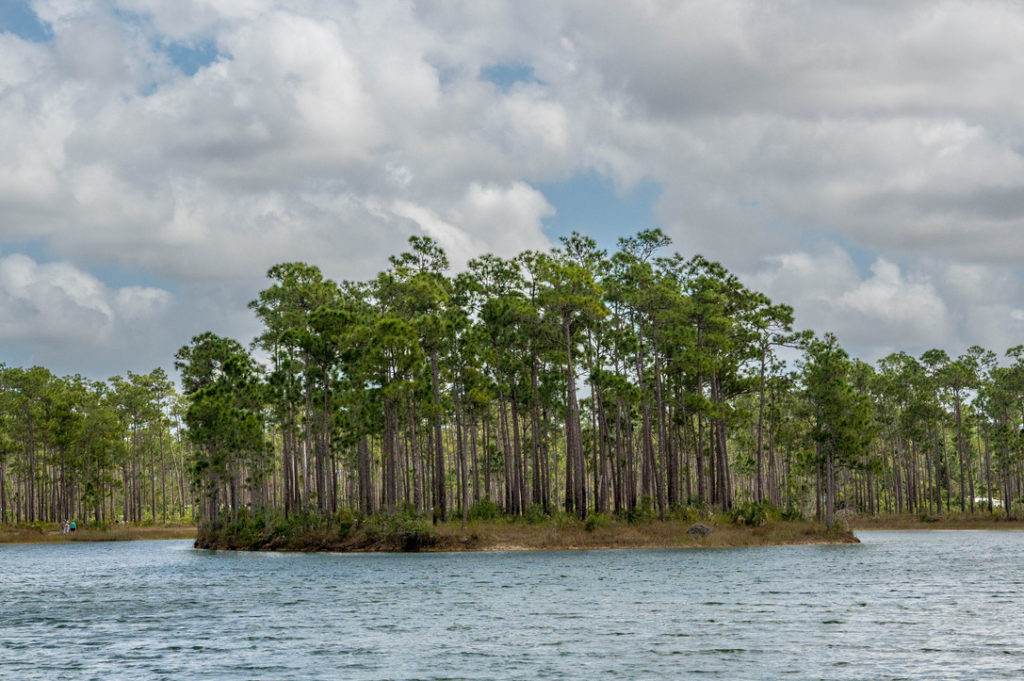
The end of our hike brought us back to “Long Pine Key”, which stands in the middle of a small lake and gives the area it’s name.


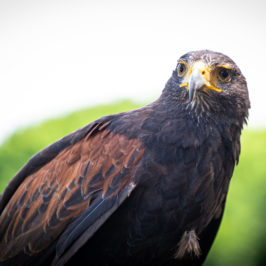
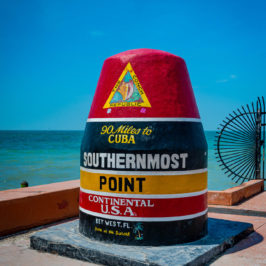
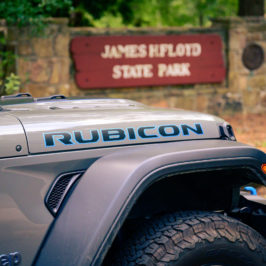
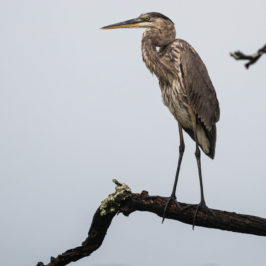
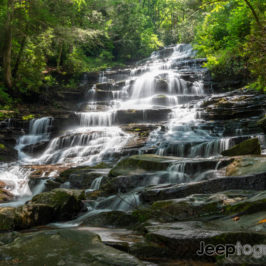
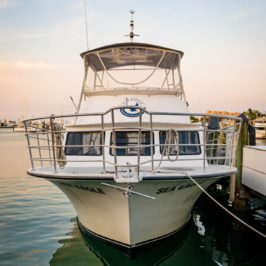
Leave a Reply